In the 1980s, the HIV/AIDS epidemic swept through the United States like a fatal tornado. Throughout the decade, the disease was the leading cause of death among America’s youth, taking hundreds of thousands of lives far too soon.
Of course, there were also hundreds of thousands who survived the illness and continued to live with it for decades. Today, most of those who contracted HIV/AIDS in the late 20th century are over 50 years old, and they’re facing many challenges of aging with the disease.
What Is the Difference Between HIV and AIDS?
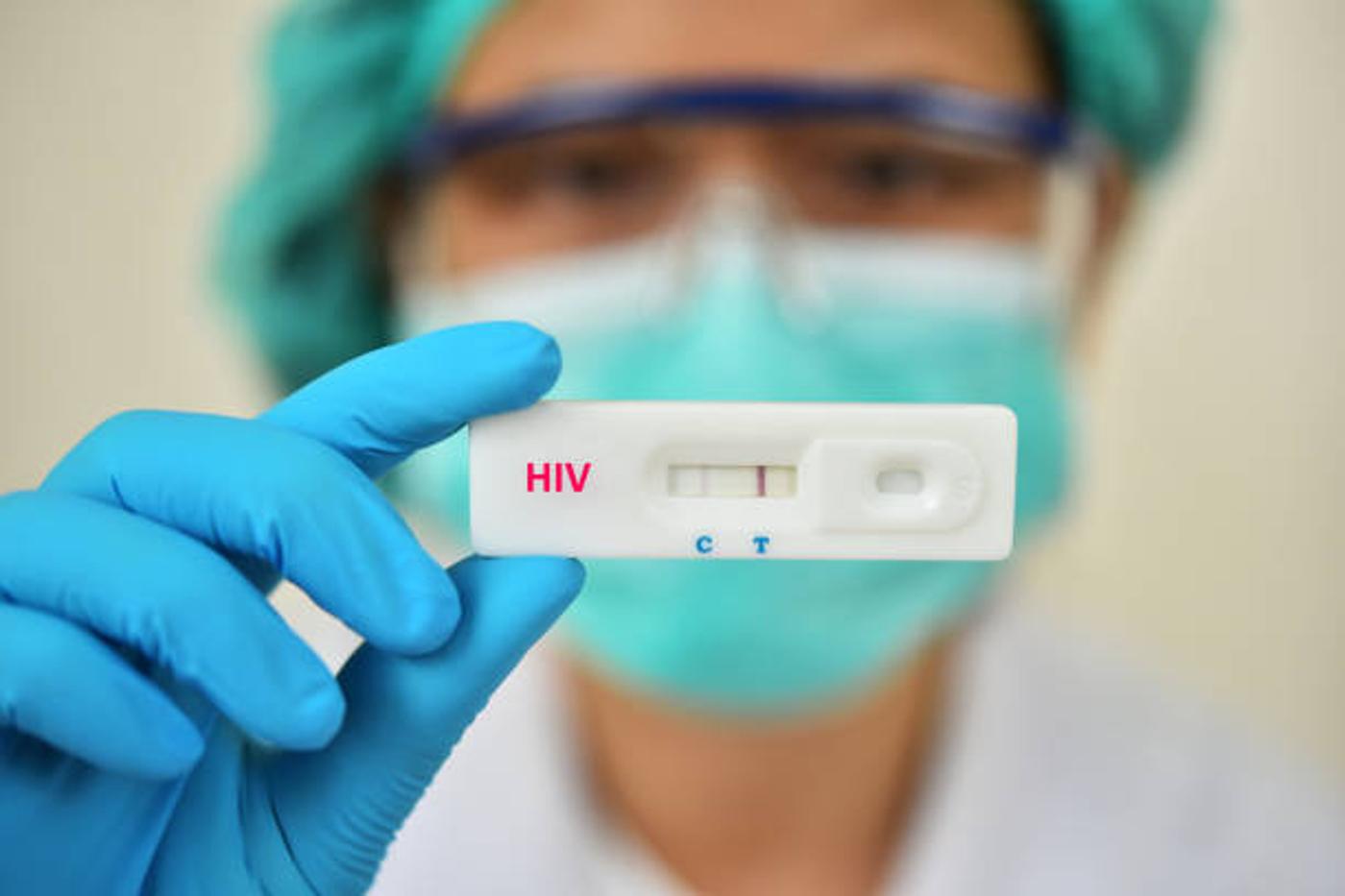
According to the Cleveland Clinic, HIV is a virus that weakens the immune system, while AIDS is a condition that happens as a result of the HIV infection. Therefore, a person cannot contract AIDS without first being infected with HIV.
While this is now common knowledge, when the HIV virus first started spreading in the 1980s, doctors around the United States had no idea what was causing it or even that it could lead to the life-long (and then incurable) condition now known as AIDS.
The HIV/AIDS Epidemic Heard Around the World
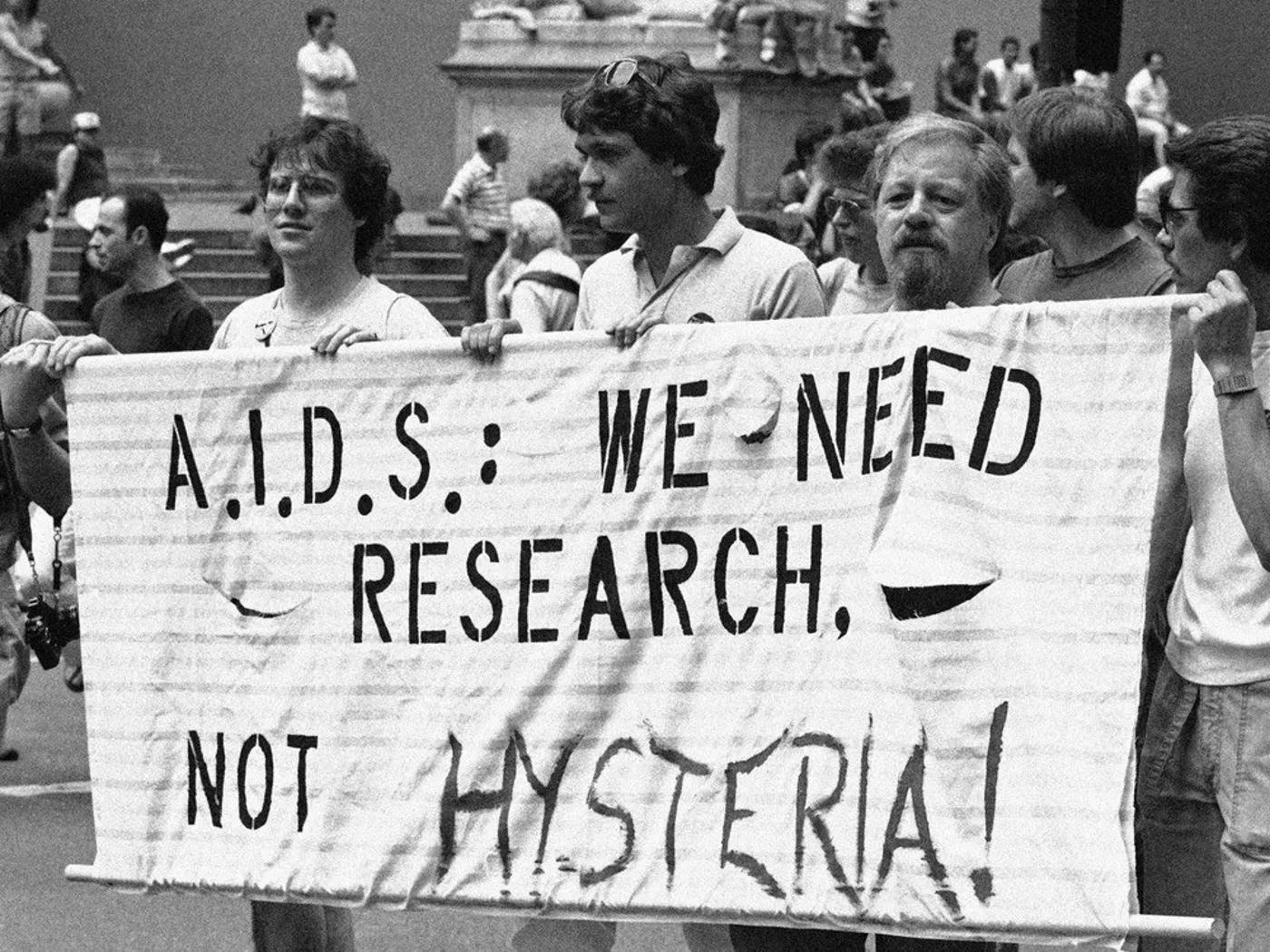
The HIV/AIDS epidemic hit the world like a flash flood. The first recorded case occurred in 1981, and by 1989, anywhere between 5 and 10 million people had been infected by the HIV virus.
Researchers, doctors, and even government agencies like the Centers for Disease Control and Prevention (CDC) were trying to find out exactly what was causing HIV to spread so quickly and why so many people were getting sicker and sicker after contracting the virus. But, their research couldn’t find the answers fast enough to save hundreds of thousands of people from dying from the aggressive disease.
The First AIDS Drug Was Highly Ineffective

As we now know, eventually, they did figure out the cause of the HIV virus, as well as how it spread and even how it developed into the condition known as AIDS. However, it took even longer for medical researchers to design medication that could help.
In March 1987, AZT became the first drug approved by the FDA to decrease deaths in AIDS patients. But it came with horrific side effects, and by the mid-1990s, it was clear that ATZ was only effective for about a year.
Successful HIV/AIDS Drugs Were Finally Introduced

Sadly, it wasn’t until the late 1990s and early 2000s that successful, safe, and efficient HIV/AIDS medications were ready for human use. However, they still needed to be taken forever in order to save people from dying of AIDS.
Today, nearly 1.2 million Americans are still living with HIV/AIDS and taking this medication every single day. And while it has saved their lives, it does not rid the body of the infection or the condition.
Living With HIV/AIDS Makes People Far More Susceptible to Illness

The 1.2 million people living with HIV/AIDS in the US are far more susceptible to both physical ailments and mental wellness issues because of the virus, as well as the medication they have to take to survive.
HIV/AIDS patients are far more likely to develop diabetes, heart disease, cancer, depression, anxiety, substance abuse, and inflammatory conditions than those who don’t live with the virus.
50% of All People Living With HIV/AIDS Are Over the Age of 50
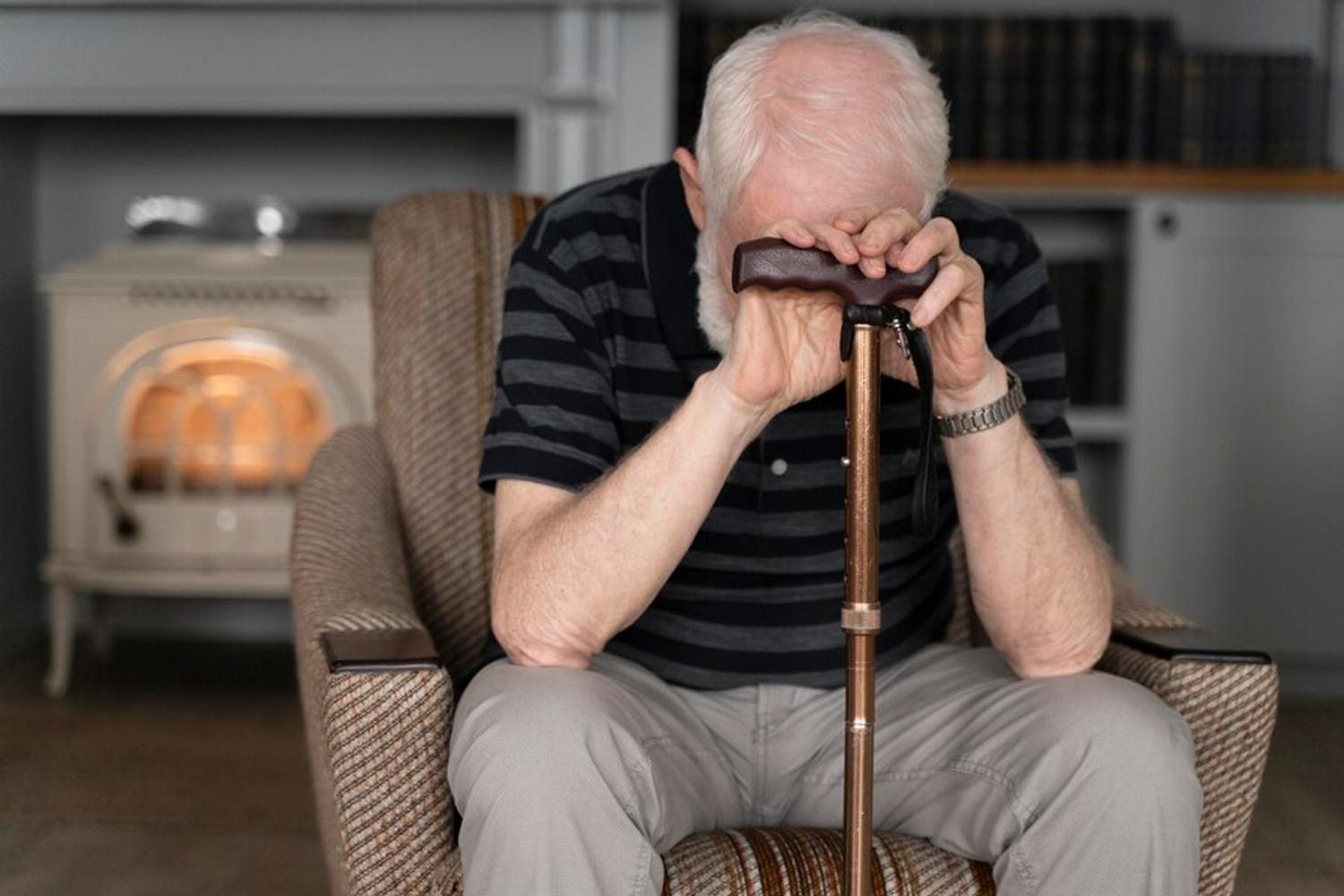
While this reality is true of all people living with HIV/AIDS, the likelihood of developing one of these issues increases as patients get older. And as of 2024, 50% of all Americans with HIV/AIDS are over the age of 50, and by 2030, that number will increase to 70%.
According to researchers, doctors, people living with HIV/AIDS, and even some government officials, the US healthcare system is not equipped to handle the substantial number of aging patients whose physical and mental health will deteriorate over the coming years.
There Are Programs Dedicated to Helping Aging HIV/AIDS Patients
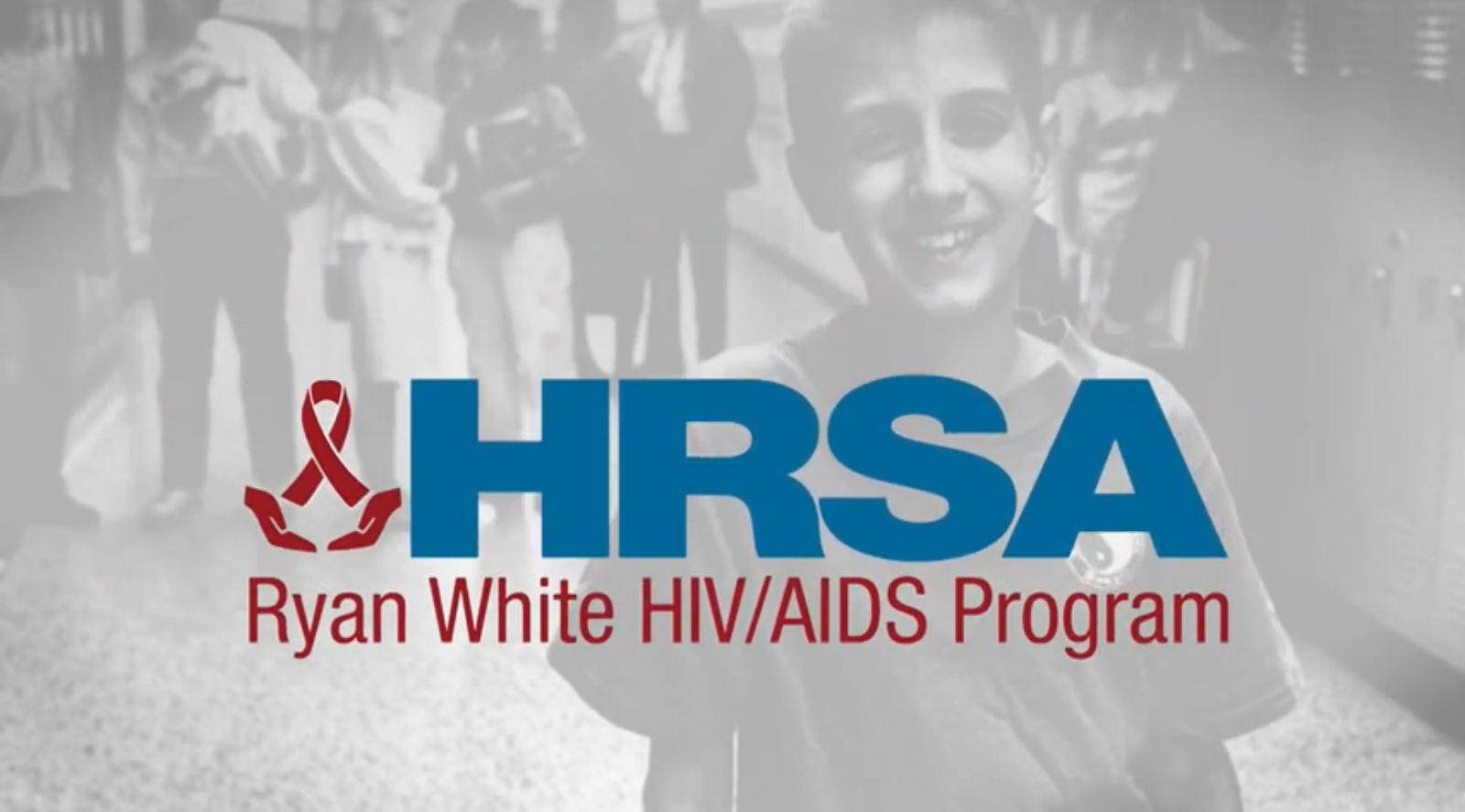
This reality is posing new challenges to organizations like the Ryan White HIV/AIDS Program, a federal initiative for low-income earners living with HIV/AIDS. The program currently serves more than half of the Americans living with the virus, and 50% of those patients are more than 50 years old.
Essentially, this means that the program’s already disappointing budget is going to have to be spread even thinner over the coming years as many patients develop more aggressive conditions from aging with the virus.
Many of Those Living with HIV/AIDS Are Covered by Medicaid

In addition to utilizing aid organizations like Ryan White, 40% of people living with HIV/AIDS rely on Medicaid for their healthcare.
That means that, as the US government rolls back Medicaid services, funding, and assistance for millions of Americans, many of those living with the virus may lose their coverage over the next few years, further exacerbating an already troubling situation.
Caring for Aging Americans Living With HIV/AIDS Is a Government Issue

Many doctors in the field argue that ensuring quality care for aging Americans living with HIV/AIDS is unquestionably a task for the government.
However, as the government cuts Medicaid spending, decreases the funding for Ryan White, and ignores the necessity for ongoing research of the virus, many worry that the American government is leaving over a million of its residents living with HIV/AIDS in the lurch.
Doctors Are Worried That Care Will Diminish When It’s Needed Most

Doctors working with patients living with HIV/AIDS are certainly concerned. Dr. Melanie Thompson, an Atlanta internal medicine physician who specializes in HIV care and prevention, explained, “I think we’re at a tipping point. It would be very easy to lose the substantial amount of the progress we have made.”
Dr. Thompson also said that minimizing care for these patients, even by a fraction, puts over one million Americans “in extreme jeopardy.”
Aging People Need Love, Support, and Friendship Above All Else
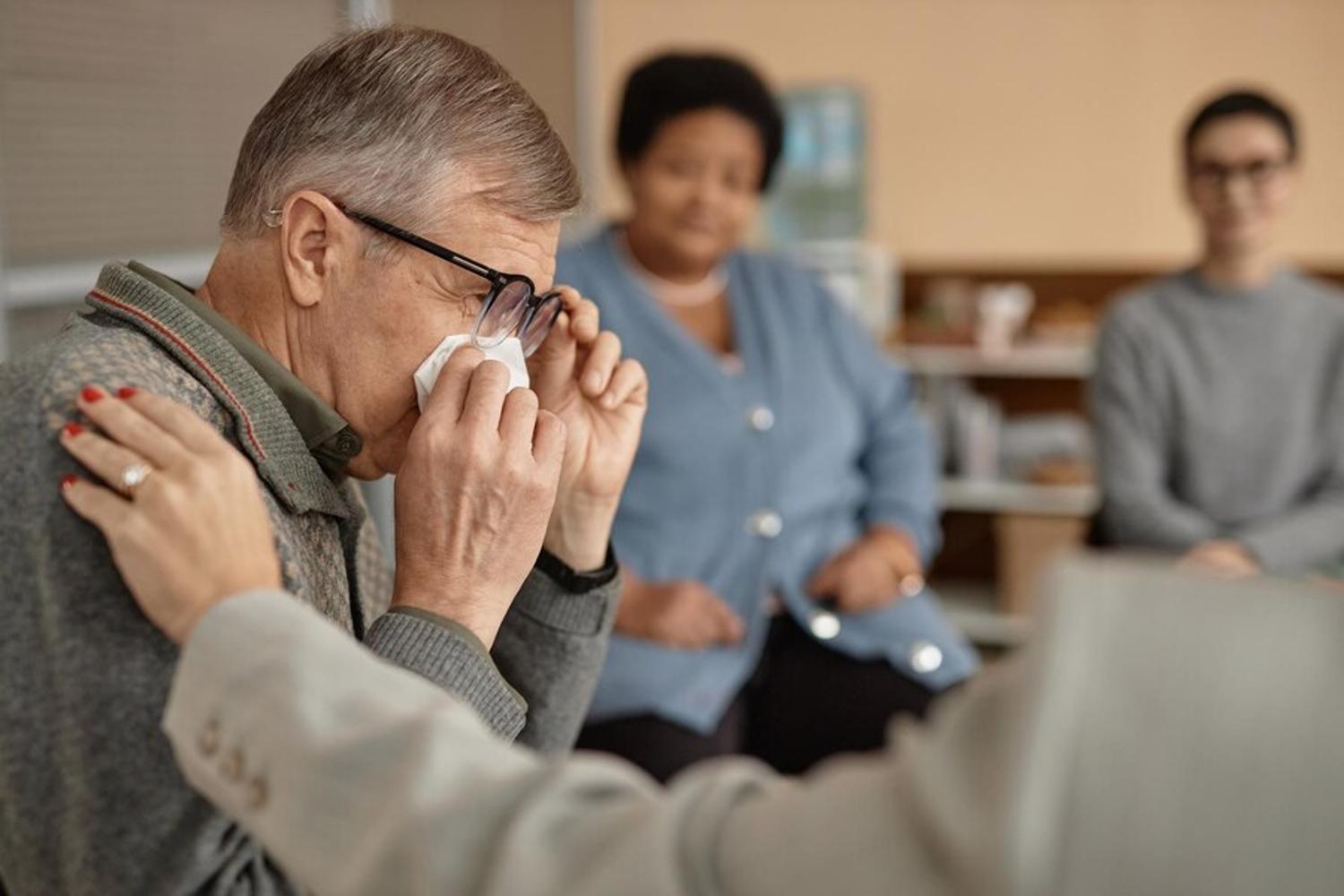
Doctors also want people to understand how desperately these patients need support and friendship during this time. Loneliness is common in both the elderly and people living with HIV/AIDS, as they are often stigmatized for both aging and having the virus, and loneliness increases the risk of physical and mental medical conditions.
As Dr. Heidi Crane, an HIV researcher, said, “If I had the ability to write a prescription for a friend — someone who’s supportive and engaged and willing to go walking with you twice a week — the care I provide would be so much better,”








































